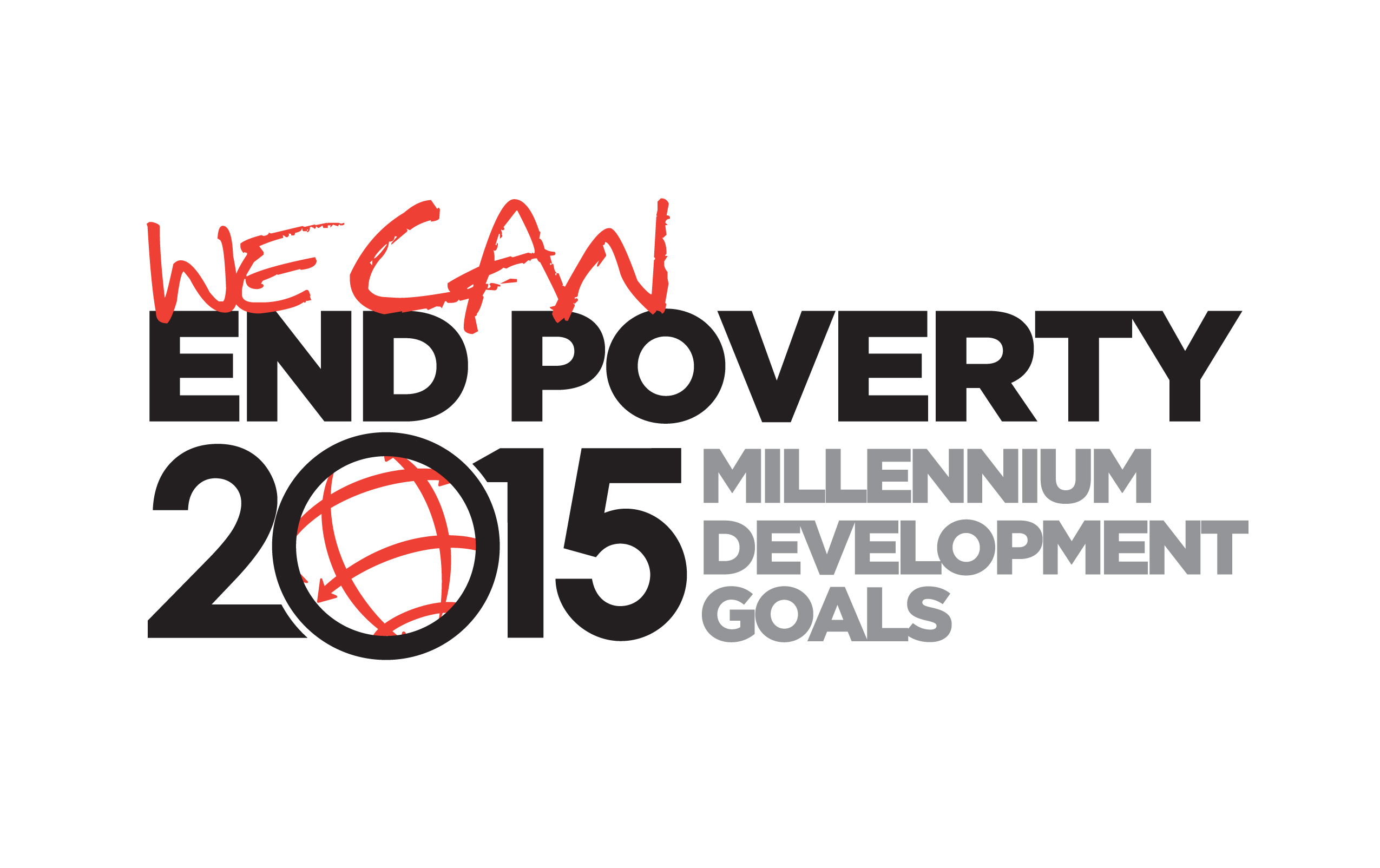
Green Bag Scheme is introduced to recover the food waste from our campus towards a mass scale composting farm to be converted into organic fertilizer. It promotes the good practice of separation of food waste at source and sustains the food waste collection and management system.
1.) Separation of food waste at source in all eateries
2.) An effective collection and transfer system
3.) A good RORO bins allocation system
A code of practice for the separation of organic waste at source will be introduced once the system is established.
The food waste includes:
● Fresh/unusable pre-consumer raw food materials (vegetable skin and root, fruit skin, seed, bone, fat, egg shell, tea bags, spoilt food, etc)
● Leftover post-consumer food materials (all kinds of leftover food)
Dry recyclable includes:
● All beverages containers : plastic bottle, aseptic carton, aluminum can, glass bottle
● All food containers : metal cans, plastic bottle, glass bottle
Residual waste for example:
● All contaminated plastic and paper packaging
● Aluminum/plastic foil wrap
● Styrofoam and other disposable stuffs
Clear guideline/poster will be designed for the café operators and workers to help them in the sorting of different materials.
After the food waste is separated in green garbage bag, it has to be transferred to the RORO bins at UM central waste disposal site. This collection and transfer works are done by JPPHB daily. A proper system has to be planned to make sure the project is feasible to be carry out.
Currently, the collection is done manually by contracted workers under JPPHB. The workers job is to transfer the waste from disposal area to the hauling truck or lorry and then to transfer the waste from the truck/lorry to the RORO bins at central waste disposal site. With the introduction of this project, we do not want to incur extra work for JPPHB and the collection workers. Hence, the same rocedures will be remained under the scheme.



The collection of waste at disposal site by JPPHB contracted workers, 2009
A good RORO bins allocation system
As all the waste are loaded in a truck during a haul; this means the green bags and the usual black rubbish bags will be mixed in a single haul. However, to unload the waste from the truck to the RORO bin, the workers have to separate the loading by color. Green bags will be loaded in one or two designated RORO bins. Therefore, we will design a system for the loading and unloading of green bags in RORO bins at the UM central waste disposal site.

The loading of waste from hauling truck to RORO bin (27/10//09)
We propose the loading of green bag and black bag be done simultaneously by the workers into the two different RORO bins.
To ease the positioning of RORO bins by the RORO bin truck as well as the hauling truck, proper marks will be drawing out on the floor and be labeled by words, color or picture. For example:
















